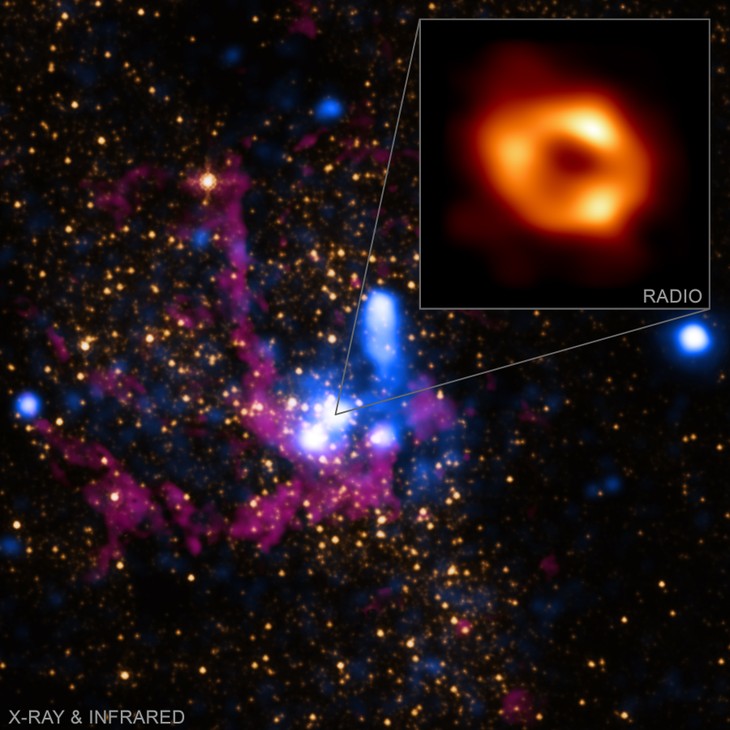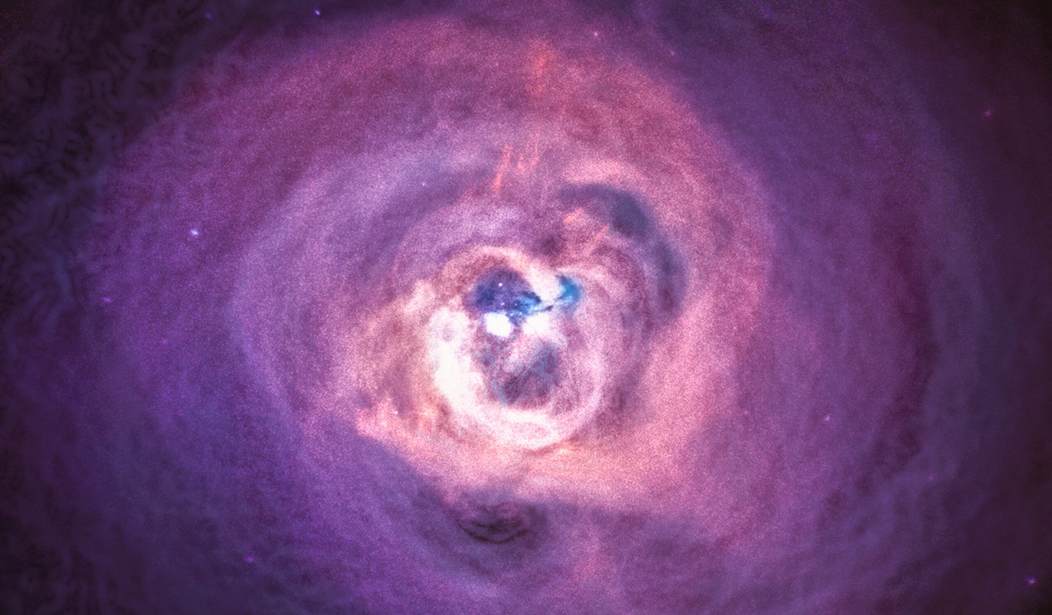Astronomers from around the world reacted with wonder and awe as the Event Horizon Telescope (EHT) captured a historic first image of Sagittarius A*, the supermassive black hole at the center of our galaxy.

It’s an incredible achievement using a remarkable instrument. The EHT is able to filter out the dust and gas from 27,000 light-years between Sagittarius A* and earth using a technique known as Very Long Baseline Interferometry, which allows astronomers to combine data from radio telescopes all across the world as though they were one large telescope, effectively making the EHT the largest telescope on Earth.
The data was collected from 80 radio telescopes from around the world, and more than 300 scientists took part in the experiment to image the black hole.
“It is teeming with activity, always gurgling with turbulent energy,” Johnson said of the ring around the event horizon.
To try to explain what they were seeing, the EHT team — which is made up of more than 300 researchers across 80 institutions — performed more than 5 million supercomputer simulations to try and find one that was a match for what they observed.
“We were left with only a handful of simulations that share the features that we observe, but none of them can explain all the features,” Johnson said. These features relate to how gas is flowing onto the black hole from the turbulent ring, in an environment dominated by magnetic and gravitational fields.
Our own black hole! Astronomers have just revealed the 1st image of the supermassive black hole at the center of our Milky Way galaxy using the @ehtelescope– a planet-scale array of radio telescopes that emerged from decades of NSF support. https://t.co/bC1PZH4yD6 #ourblackhole pic.twitter.com/pd96CH3V0m
— National Science Foundation (@NSF) May 12, 2022
It’s extremely difficult to imagine that black holes even exist. Most physicists doubted they were real despite the proof contained in Einstein’s mathematical equations.
The scientists involved in this effort made their observations in 2017. It’s taken that long to put the image together.
That’s also why it’s taken years to extract a clear image of Sagittarius A* from the petabytes of data collected during the 2017 observing run.
Think of it like taking a long exposure photograph of a dancer. Because the black hole changes more quickly, it’s more difficult to photograph. The astronomers say that in the future, as they add more observatories to the EHT, they’ll even be able to make movies of Sagittarius A*.
What would that look like? Videos of matter circling the drain before falling into the abyss.
It’s a shame that Stephen Hawking didn’t live long enough to see this. His black hole model answered many questions that had baffled scientists. He died in 2018 and will be unable to contribute to helping unlock the secrets of Sagittarius A* as humans continue the quest to explore their origins.










Join the conversation as a VIP Member